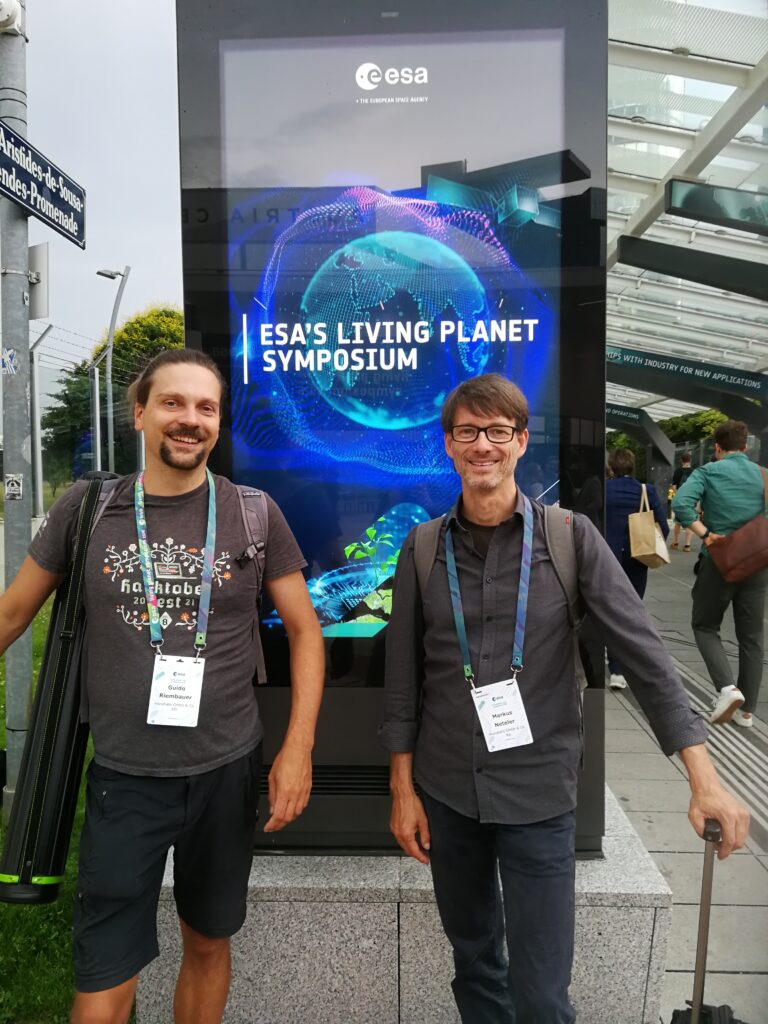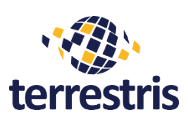Last week, Vienna became the center of the Earth Observation (EO) world during the ESA Living Planet Symposium 2025, and we at mundialis were proud to be there, contributing and learning alongside global EO leaders.
Here are our top three takeaways from the event and how they connect to our daily mission:
Copernicus is expanding, and demand for scalable EO services is growing.
The upcoming Copernicus Sentinel Expansion missions and LSTM (Land Surface Temperature Monitoring) missions sparked significant interest. These datasets will generate more complex, large-scale data, and users are demanding services that transform data into actionable insights.
?At mundialis, we meet this demand with scalable EO processing pipelines built on open-source technologies that transform raw satellite data into climate-relevant applications, such as urban heat monitoring and surface classification.
2. Climate intelligence needs operational tools, not just research.
Many discussions focused on turning EO science into policy-ready tools. Whether for carbon monitoring or urban planning, stakeholders seek operational solutions based on reliable EO data.
?This is exactly where we step in. mundialis builds ready-to-use EO applications that help bridge the gap between science and implementation. Our work on AI-ready data processing, flood footprinting, and inner-city sealing supports real-world decisions now.
3. Interoperability and open standards are the future of EO platforms.
Speakers stressed that open standards and interoperability are essential for the long-term delivery of EO services. Recurring themes included ESA platforms, OGC APIs, and cloud-native geospatial pipelines.
? mundialis is deeply involved in developing and utilizing cloud processing tools, such as OGC API processes and knative, to ensure that our solutions integrate seamlessly with European and international infrastructures, as demonstrated by our contributions to the ESA KNeo project.

We also presented our latest work at LPS25, including our open-source processing tools and scalable applications for time series analysis and land use monitoring. Read more in our contribution post.
The future of EO is open, data-rich, and climate-critical, and we’re excited to help shape it.
